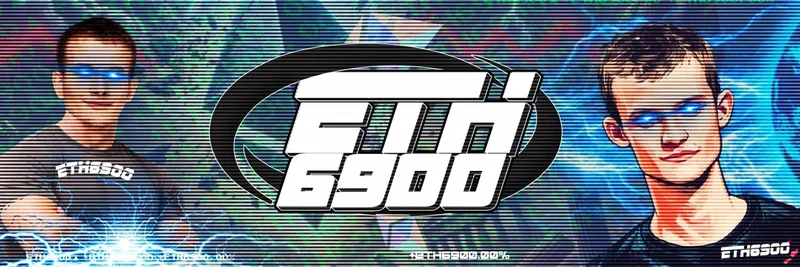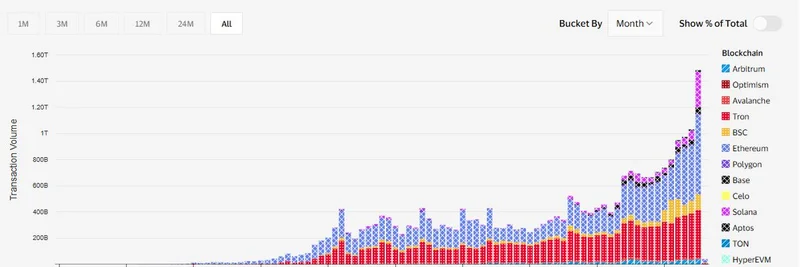Quick take
- ETH6900 is a meme token on the Ethereum network, contract address 0x342c589545648ea656d3d3d04bcb535c9d5dd39a.
- The contract reportedly includes a blacklist function that can block certain wallets from selling — a major red flag.
- Token economics cited in public trackers: 10,000,000 total supply, 9 decimals, small and fluctuating holder count, and generally low liquidity/volume.
- There’s confusion online about chain placement; evidence points to Ethereum for this contract, not BNB Chain.
What ETH6900 is (and isn’t)
ETH6900 is positioned as a meme coin — a speculative, community-driven token that leans on internet culture more than utility. Like many meme assets, price action is often driven by hype cycles, social momentum, and thin liquidity rather than fundamentals.
Some sources may reference a similarly named token on other chains. Always verify the exact contract address before interacting. For this article, we focus on the Ethereum contract at 0x342c589545648ea656d3d3d04bcb535c9d5dd39a.
- Network: Ethereum (ERC‑20) — see Ethereum
- Contract: Etherscan address page
Note on chain discrepancy: You may find reports or pages claiming the same address on BNB Chain. Cross-checking commonly shows this address active on Ethereum. When in doubt, confirm on Etherscan and compare with BscScan to avoid chain mix-ups.
Contract features and risks to know
Based on public audits/screens and community scans, the ETH6900 contract has flags that experienced traders treat with caution:
- Blacklist function: The owner can restrict specific addresses from transferring/selling. This can effectively trap funds.
- Whitelist logic: Contracts with blacklist capability often also implement whitelists; behavior can change over time.
- Modifiable tax: Transfer taxes or fees may be adjustable by the controller, impacting slippage and execution.
- No mint function found: No evidence of unlimited minting; that reduces, but does not eliminate, supply abuse risks.
- Ownership status: Ownership appears likely renounced, but you should verify the current owner on Etherscan’s “Read/Write Contract” and “Contract Creator” sections.
Why the blacklist is serious: If the owner can add your wallet to a blacklist, you might be unable to sell or even transfer out. That’s a common hallmark of honeypot-like behavior. Learn more about spotting these patterns in our guide: Spotting Honeypots.
Token economics and market snapshot
- Total supply: 10,000,000
- Decimals: 9
- Holders: Small and fluctuating (tens to low hundreds in observed snapshots)
- Market cap/liquidity: Typically low (often in the low thousands of USD)
- Volume: Low and sporadic
What that means for traders:
- High volatility: Small orders can move the price.
- Slippage sensitivity: Expect larger slippage on market orders.
- Execution risk: Limited liquidity can lead to failed or partial fills.
Use cases (realistic expectations)
- Speculation: High-risk, high-volatility trading.
- Community/meme culture: Social engagement and viral campaigns.
- Staking/earn narratives: Some similarly named tokens advertised APY incentives in early phases, but there’s no clear, ongoing utility specific to this contract.
If you don’t see a clear roadmap, team, or audited utility, treat the token primarily as a speculative meme asset.
How to verify the contract before you touch it
- Confirm the address
- Double-check you’re using exactly 0x342c589545648ea656d3d3d04bcb535c9d5dd39a on Etherscan.
- Read the code and variables
- On Etherscan, check “Contract” > “Read/Write” tabs:
- Look for blacklist/whitelist mappings or admin-only functions.
- Check owner() and any renounceOwnership history.
- Inspect tax/fee variables and whether they’re changeable.
- On Etherscan, check “Contract” > “Read/Write” tabs:
- Holder and liquidity health
- Review top holders and LP ownership. A single wallet controlling most supply or the LP is risky.
- Simulate a small transfer
- Try a tiny on-chain transfer first. Honeypots often allow buys but block sells/transfers.
- Watch gas and slippage
- Contracts with taxes may require higher slippage. If the slippage you need keeps rising unexpectedly, reconsider.
For more practical checks, see our explainer: How to spot traps in meme token contracts.
Where to view and trade ETH6900
Always verify the pool and contract before trading. Useful venues and tools include:
- GMGN.AI token page: https://gmgn.ai/eth/token/fV1R5sZ5_0x342c589545648ea656d3d3d04bcb535c9d5dd39a
- Uniswap (Ethereum): https://app.uniswap.org/ — search by the exact contract address
- DEXTools charts: https://www.dextools.io/ — paste the contract to find pairs/pools
Tips:
- Paste the exact contract address into any trading or charting tool to avoid lookalikes.
- Check pool liquidity and lock status before swapping.
- Start with a tiny test trade; confirm you can sell back.
Key risks at a glance
- Blacklist function: Owner can potentially block sells from specific addresses.
- Thin liquidity: High slippage and potential price impact.
- Centralization levers: Modifiable taxes/fees and admin powers can change risk mid-flight.
- Limited transparency: Sparse documentation/socials are common for meme coins and increase counterparty risk.
- General meme-coin risk: Elevated chances of rug pulls, rapid depreciation, or abandonment.
Bottom line
ETH6900 at 0x342c589545648ea656d3d3d04bcb535c9d5dd39a is an Ethereum meme token with multiple smart contract red flags, most notably a blacklist function. Market depth and community signals remain modest. If you choose to engage, do so with strict risk controls: verify the address, read the contract, test small, and be prepared for volatility and liquidity constraints.
Nothing in this article is financial advice. Always do your own research and never risk funds you cannot afford to lose.



